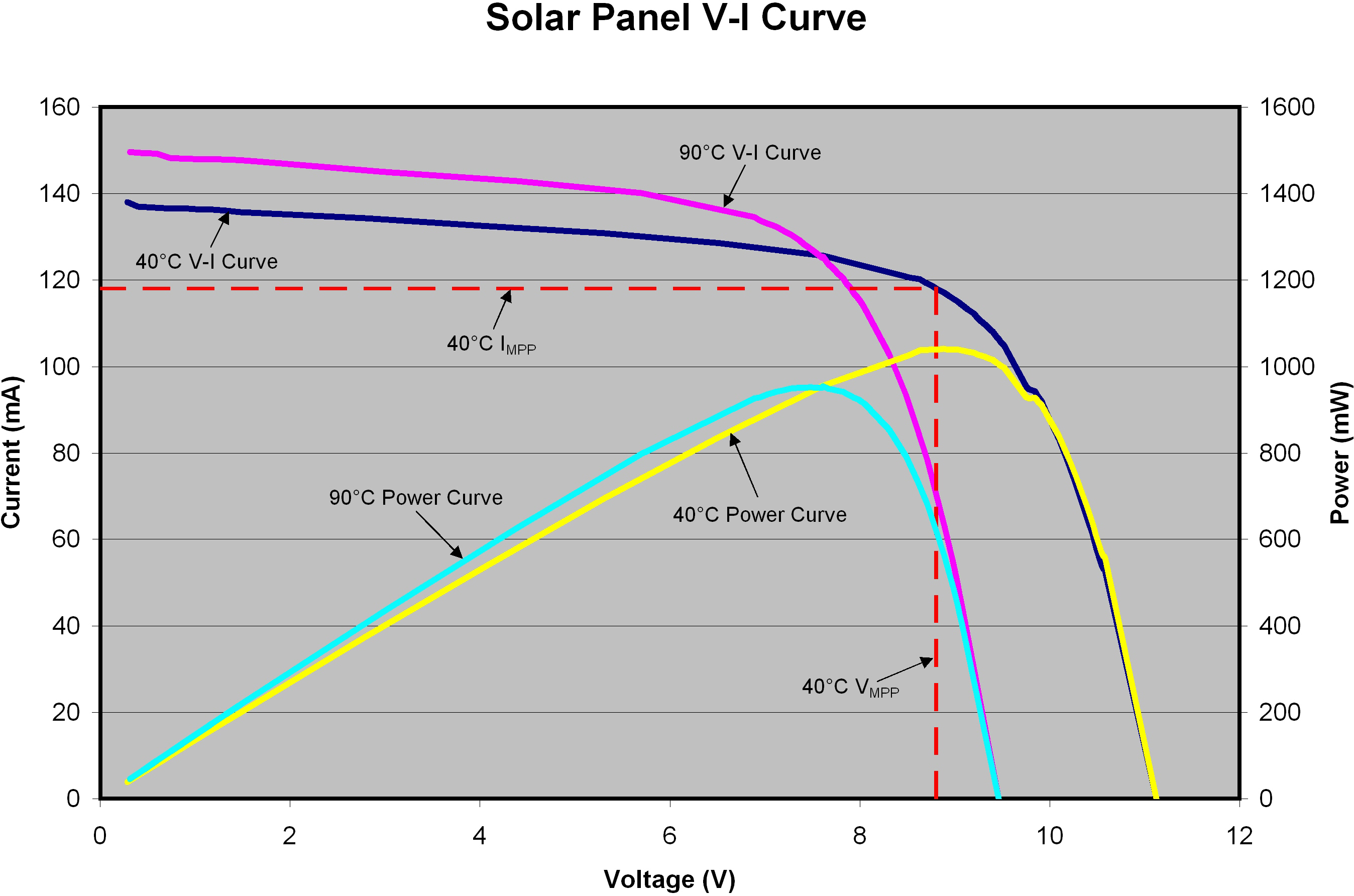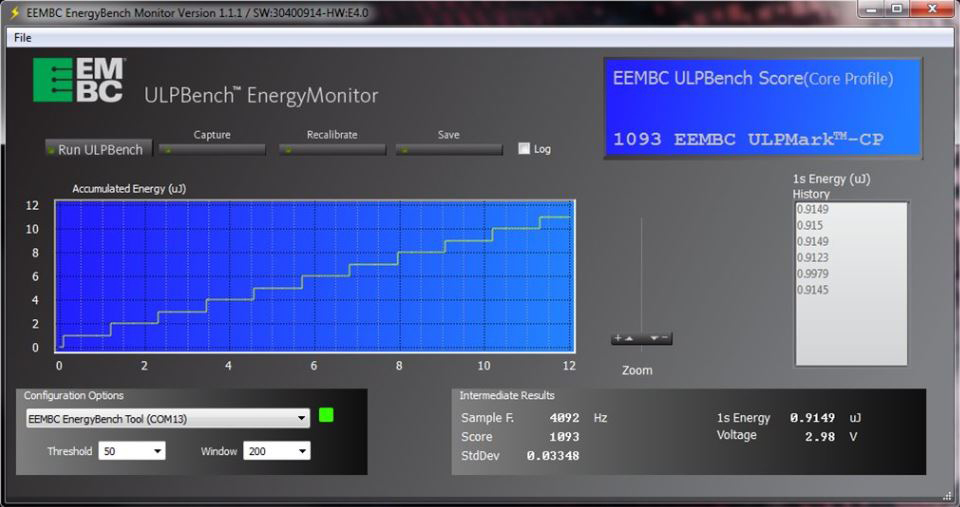Michael Day and Javed Casey, Power Management Group, Texas Instruments
Solar cells are a very popular solution for providing cheap, green energy. They are useful in applications where standard AC line power is not available, or where the power grid is intermittent and unreliable in rural areas such as parts of India and other developing nations. A typical system might be designed to use a solar cell for charging a battery during daylight hours, and then allow the battery to power the end application such as a solar-powered lantern during the night or under cloudy conditions. Read more about Solar Cell Battery Charging: Maximizing Performance and Safety Considerations …








